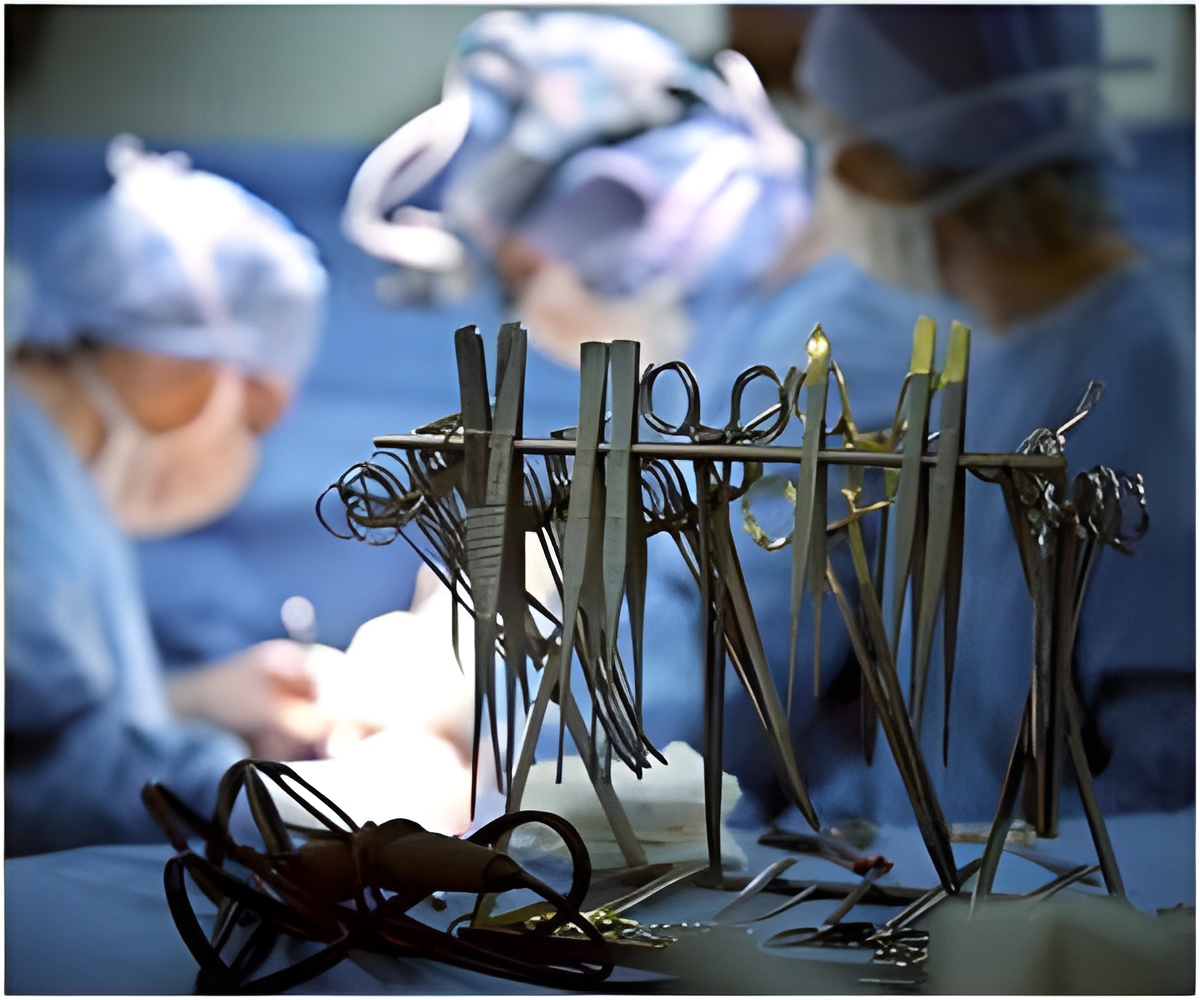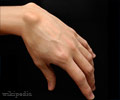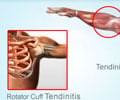
‘A surgery for quadriplegics called tendon transfer can significantly improve hand and elbow function, but the procedure is greatly underused.’
Tweet it Now
"Although the long-term outcomes of these procedures are good, few patients eligible for these procedures actually have them performed," Dr. Bednar wrote. Dr. Bednar has performed tendon transfers on about 60 patients, and is among the most skilled and experienced surgeons in the country doing the procedure. Dr. Bednar is a professor in the department of orthopedic surgery and rehabilitation at Loyola University Chicago Stritch School of Medicine.
When quadriplegics were asked what function they would most like restored, 75% said hand function, followed in order by bowel and bladder use (13%), walking (8%) and sexual performance (3%), suggested an earlier study cited in Dr. Bednar's article. However, only 14% of patients who are surgical candidates wind up getting tendon transfers, suggested another previous study.
Patients who stand to benefit most from tendon transfers have spinal cord injuries in the C5-C8 cervical nerves in the lower neck. Patients must not have acute or chronic medical conditions such as infections, pressure sores, medical instability or spasticity.
"A good surgical candidate has functional goals, is motivated, understands benefits and limitations of surgery, demonstrates emotional and psychological stability/adjustment to disability and is committed to the post-operative rehabilitation process," Dr. Bednar wrote.
Advertisement
In many cases, more than one muscle performs the same function. So in a tendon transfer, the surgeon shifts the tendon of one of the spare muscles to a new location. For example, the surgeon may detach one of the working elbow muscles (the brachioradialis) and reattach it to a nonworking muscle that flexes the thumb (the flexor pollicis longus).
Advertisement
Tendon transfers typically involve two surgeries on each arm, performed three months apart. Arms are done one at a time. During rehabilitation, patients learn how to use the transferred muscles.
Tendon transfers temporarily reduce hand and elbow function during recovery and rehabilitation. Tendon transfers also do not restore full function. But while pinch strength and grasp strength after rehabilitation are not as high as in a normal hand, they are high enough to perform most activities of daily living.
Among the reasons so few patients get tendon transfers are lack of communication among rehabilitation specialists, physicians and surgeons, poor access to care and lack of awareness. The greatest barrier appears to be a lack of coordinated collaboration among specialists, Dr. Bednar wrote.
Dr. Bednar concluded, "Continued education of patients with tetraplegia, their caregivers and the rehabilitation community will hopefully increase utilization of these effective tendon transfer procedures." (Tetraplegia is another term for quadriplegia.)
Dr. Bednar's paper is titled "Tendon Transfers for Tetraplegia."
Source-Eurekalert












